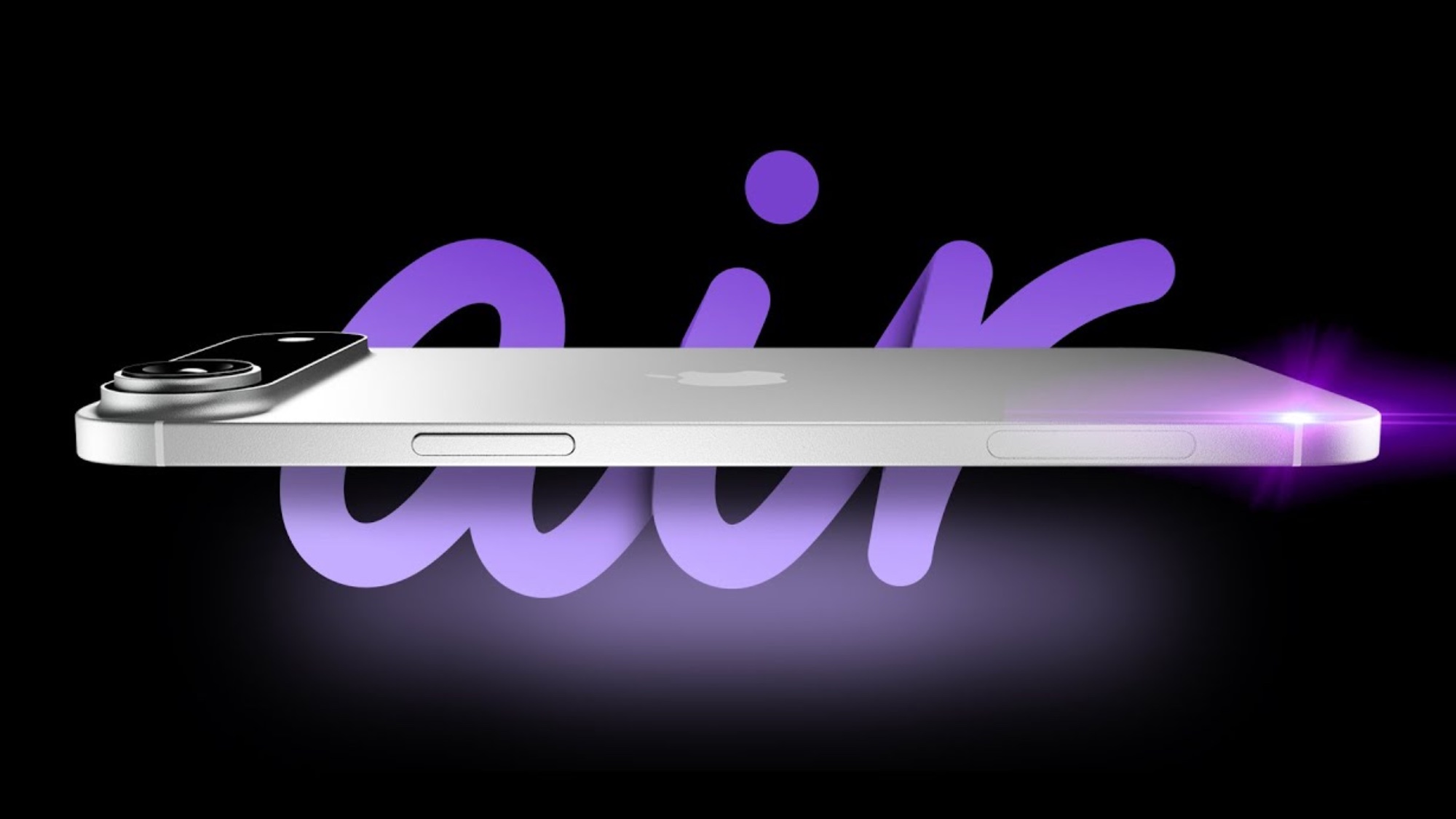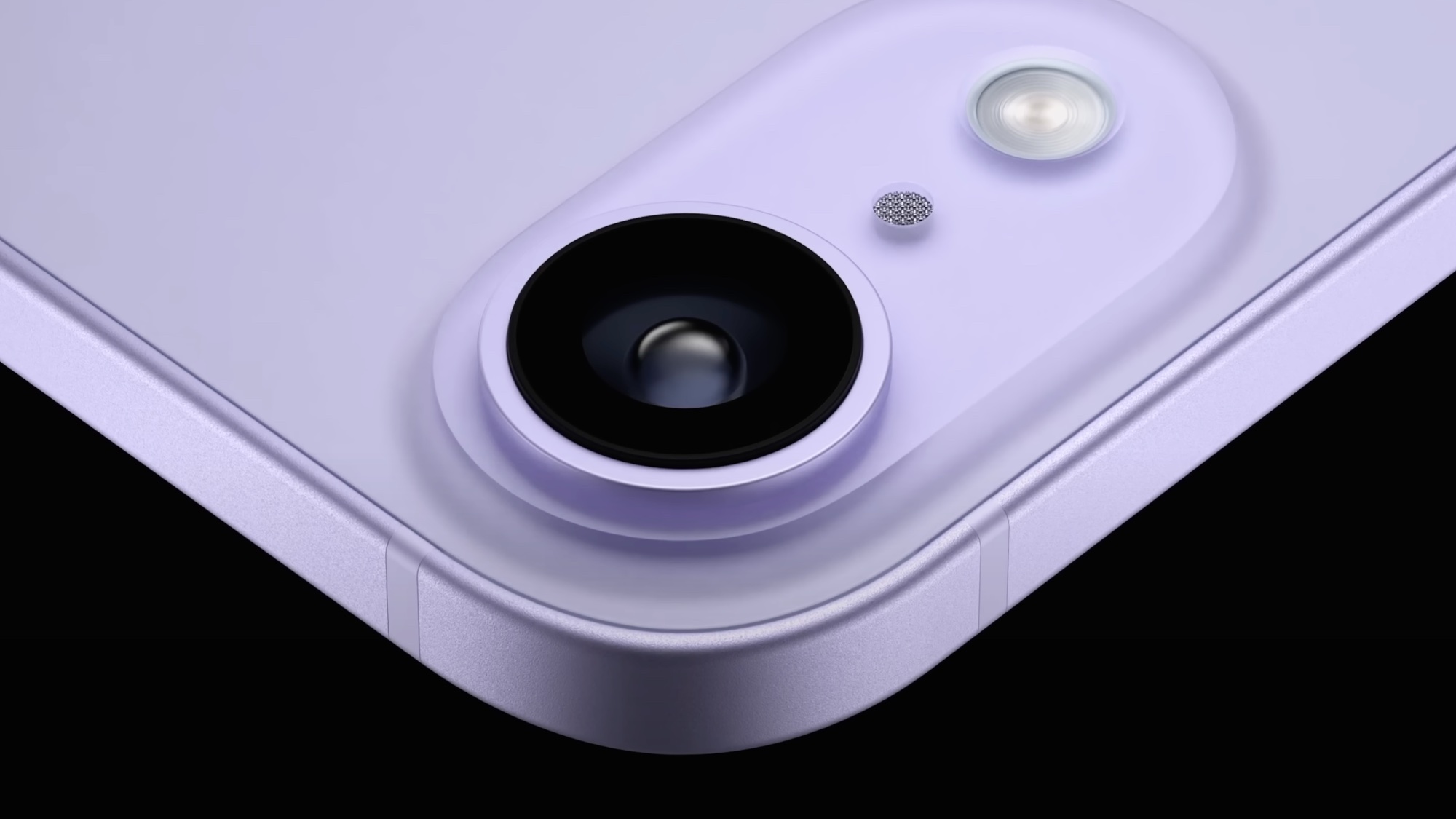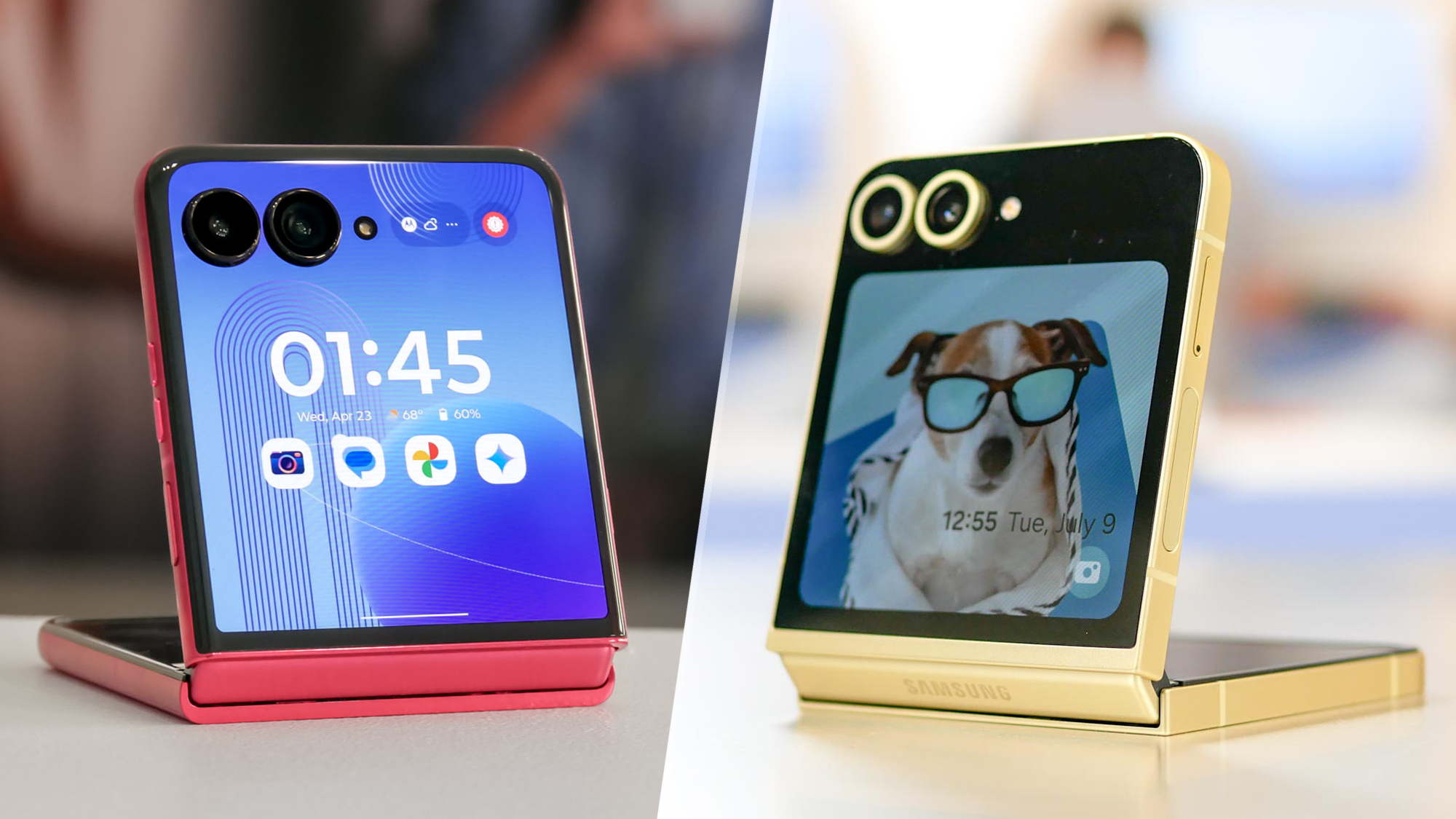iPhone 17 Air tipped for massive battery upgrade despite the thin design — here's what you need to know
High-density batteries are another way Apple could counter the battery-unfriendly thin design.

When the analyst Ming-Chi Kuo posted his expectations of what Apple’s first foldable smartphone would look like, most people were drawn to the specs and the eye-watering $2,000+ price tag.
But hidden in the details was an interesting insight about another phone just six months away. Kuo wrote that to get its 4.5-4.8mm thinness when opened, Apple’s first foldable would be adopting “the same high-density battery cells as the ultra-thin iPhone 17”.
That’s the handset christened the iPhone 17 Air by leakers and media alike. The final branding is, of course, to be confirmed, but given Apple announced the new iPad Air M3 and MacBook Air M4 this week, it feels pretty wedded to its naming convention for thin devices.
In any case, the news that Apple will adopt high-density battery cells for the phone is good news for those wondering about how much stamina an ultra-thin handset would have.
As the name suggests, high-density battery cells are engineered to store more energy within the same sized footprint as regular batteries. This is all important when dealing with thin smartphones: every millimeter counts.
Countering the space problem

It’s a pretty hard and fast rule of portable technology that the larger the device, the more battery capacity you expect. This has become less noticeable thanks to battery tech improvements. Compare the first-generation smartwatches from a decade ago to the sleek things on peoples’ wrists today — but there are limits.
That means that making a device as thin as the iPhone 17 Air — rumored to be just 5.44mm thick — is a huge design challenge. Nobody would be happy with a device that lasted around six hours, even if it is beautiful (the Samsung Galaxy Z Flip 3 fell into this trap).
Sign up to get the BEST of Tom's Guide direct to your inbox.
Get instant access to breaking news, the hottest reviews, great deals and helpful tips.
Unsurprisingly, Apple will be looking to exploit every possible angle to ensure the handset maximizes battery life, and this is actually the third way we’ve heard.
Other solutions include the use of the impressively power-efficient C1 modem and reducing the number of rear cameras to just one. There’s also talk of the iPhone 17 Air losing the SIM card tray — something that has already happened with iPhones sold in the United States but not internationally.
All these things should contribute to a device with better battery life than feared. But we won’t know if it’s good enough for power users until the handset launches this September.
More from Tom's Guide
Freelance contributor Alan has been writing about tech for over a decade, covering phones, drones and everything in between. Previously Deputy Editor of tech site Alphr, his words are found all over the web and in the occasional magazine too. When not weighing up the pros and cons of the latest smartwatch, you'll probably find him tackling his ever-growing games backlog. Or, more likely, playing Spelunky for the millionth time.
You must confirm your public display name before commenting
Please logout and then login again, you will then be prompted to enter your display name.

